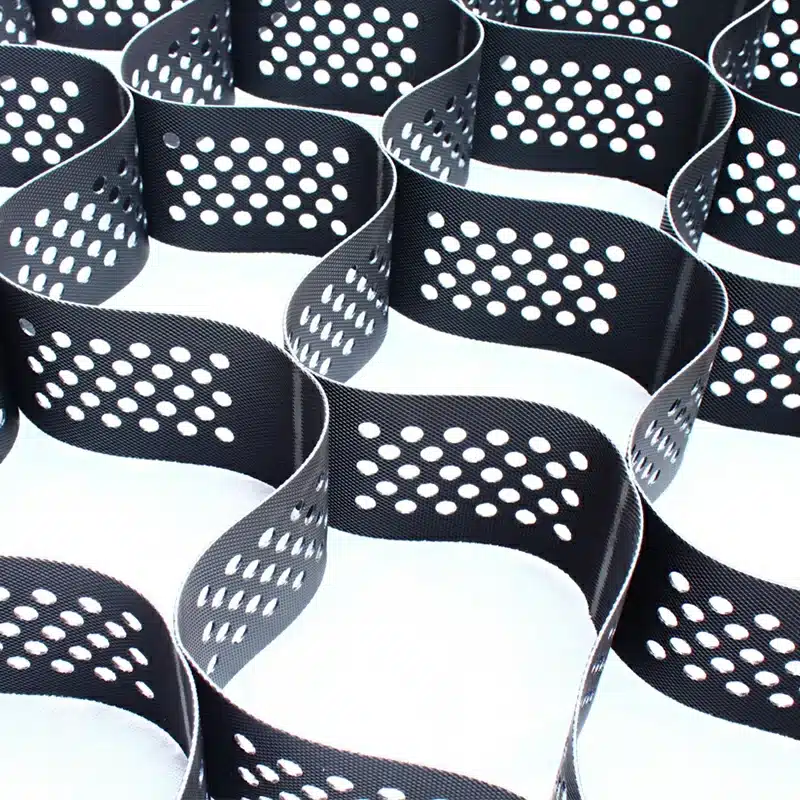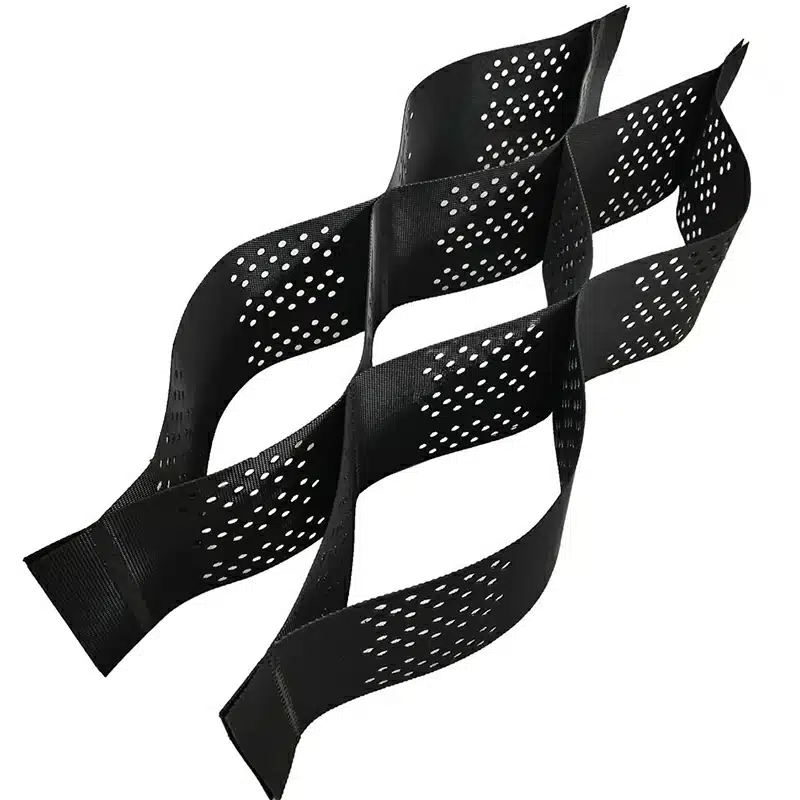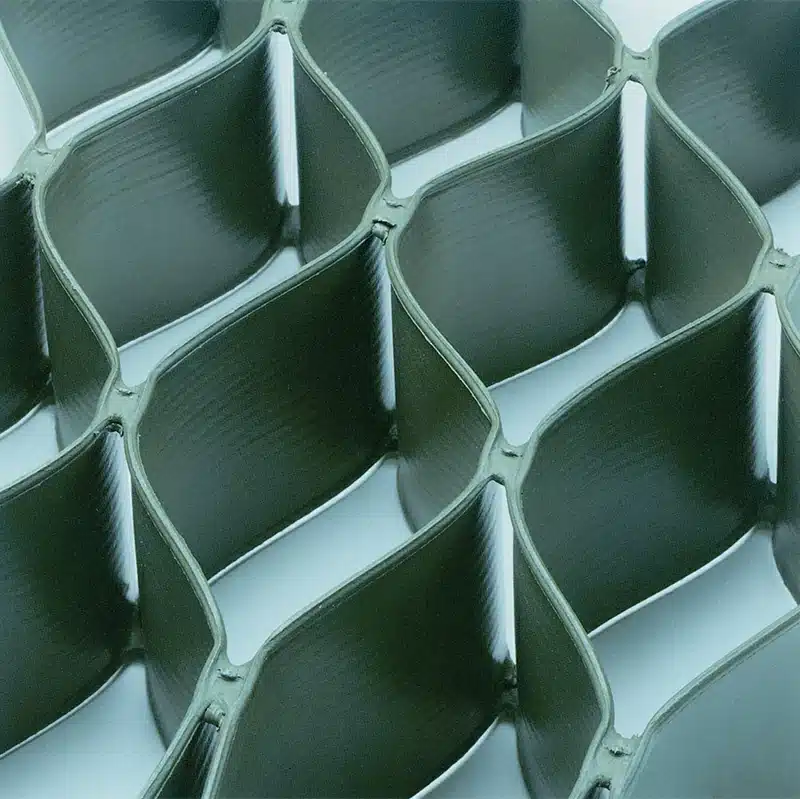+86-159 9860 6917
info@geofantex.com
geofantex@gmail.com
+86-400-8266163-44899
Erosion control has become a critical aspect of modern infrastructure development, especially for roads and pathways. Among the various technologies available, GeoCell stands out as a highly effective solution for mitigating erosion and enhancing soil stability. This article delves into the science behind GeoCell technology, addressing its functionality, benefits, and practical applications.
Does GeoCell work?
Yes, GeoCell is a highly effective solution for road erosion control. It works by confining and stabilizing the soil, preventing it from shifting or eroding. The three-dimensional honeycomb structure of GeoCell distributes loads evenly and reduces the pressure on the underlying soil, thus minimizing erosion and maintaining the integrity of the road surface. Additionally, geocells reduce the amount of material required to stabilize a slope, which saves time and money. Numerous studies and real-world applications have demonstrated the efficacy of GeoCell in various environmental conditions and soil types.

How does the Geoweb matrix prevent erosion?
The geoweb matrix, a key component of GeoCell technology, prevents erosion through a combination of soil confinement and load distribution. When filled with soil, aggregate, or other materials, the interconnected cells of the geoweb matrix create a stable, reinforced layer that resists erosion. This structure helps to anchor the soil in place, reducing the impact of water flow, wind, and other erosive forces. Additionally, each cell in the matrix isolates to create an eco-zone protected from erosive forces, enhancing the overall stability. The geoweb matrix also enhances drainage, preventing water buildup and subsequent soil displacement.
What is the difference between a Geogrid and a GeoCell?
While both Geogrid and GeoCell are used for soil stabilization and erosion control, they differ in structure and application. A geogrid is a two-dimensional grid-like material that provides tensile reinforcement to the soil. It is primarily used to improve the load-bearing capacity of weak soils. On the other hand, GeoCell is a three-dimensional honeycomb structure that provides not only reinforcement but also confinement to the soil. This added dimension allows GeoCell to offer superior erosion control and stability, making it more effective for certain applications, such as steep slopes and embankments. In summary, geogrids primarily provide tensile reinforcement to soils, enhancing their stability, while geocells confine and stabilize granular materials within their cells, creating a rigid structure. Geogrids are grid-like and focus on reinforcement, while geocells are cellular structures that confine fill material.
How do you use GeoCell?
Using GeoCell for road erosion control involves several steps:
- Site Preparation: Clear and level the area where the GeoCell will be installed.
- Laying the GeoCell: Unroll the GeoCell panels and spread them out over the prepared surface. To add geocell, first, trim the material to fit the area properly. Secure the trimmed panels in place using stakes or other anchoring methods.
- Filling the Cells: Fill the GeoCell cells with the appropriate material, such as soil, gravel, or concrete, depending on the specific application. Ensure the material is evenly distributed and compacted within the cells.
- Finishing: Once the cells are filled and compacted, the surface can be leveled and covered with a protective layer, such as vegetation or asphalt
GeoCell technology represents a significant advancement in road erosion control, offering a robust and versatile solution for various environmental and infrastructure challenges. By confining soil and distributing loads, GeoCell effectively prevents erosion and enhances stability. Understanding the differences between GeoCell and other materials like geogrids, as well as knowing how to properly install and use GeoCell, can help engineers and construction professionals optimize their projects and protect valuable infrastructure from the damaging effects of erosion.



Get Free Sample
We’ll respond as soon as possible(within 12 hours)






















